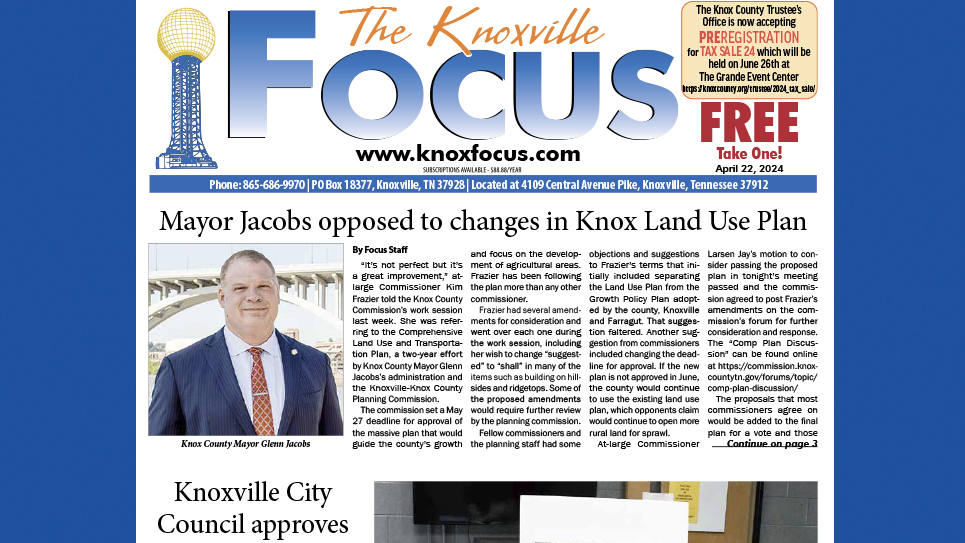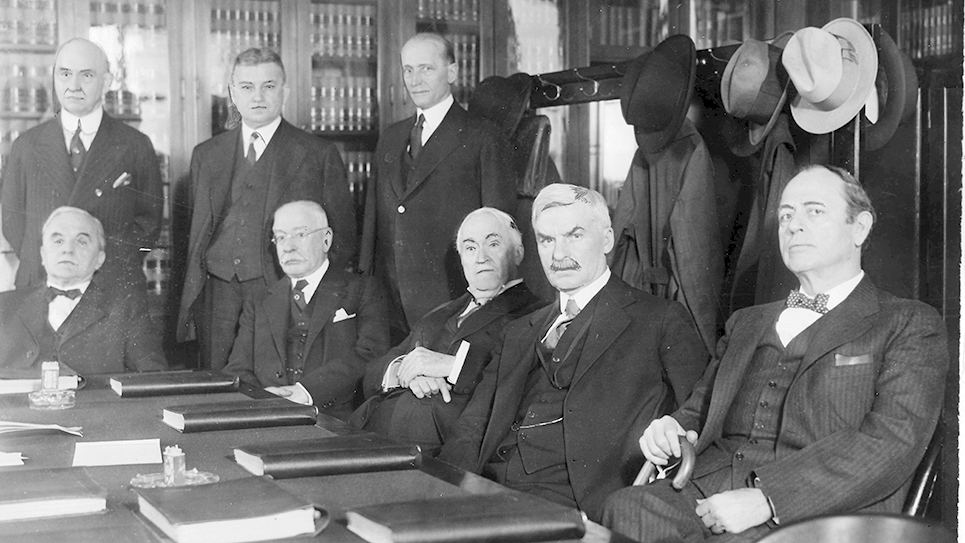Some things never change. Even though I left my traditional medical practice at the end of 2013, I still do yearly physicals on patients in my small concierge practice. I no longer care for thousands within the “medical-industrial-complex.” I focus on a few and try to make a difference outside the system. You could say this doctor “flew over the cuckoo’s nest.”
There are intangible benefits of seeing your doctor for a physical rather than just when you’re sick. How can your doctor care for you if he doesn’t know you? Long ago my wife taught me that all of life is about relationships; and you better make sure your doctor “knows” you instead of merely considering your cholesterol reading.
I used to hate doing annual physicals because these exams rarely turned up significant findings, so I considered them wasteful. I’m wiser now. I finally realized that these annual meetings offer an opportunity to renew doctor-patient relationships. Physicals are also an opportunity to remind folks to get preventive care such as flu shots, mammograms, colonoscopies and to screen for prostate cancer. These preventive care measures are well known and are often done these days by physician extenders like PAs (physician assistants) or nurse practitioners.
Call me old fashion, but I believe that a caring doctor should be the person you see for periodic examinations. Even common lab testing like cholesterol and glucose should be at the direction of a thoughtful doctor. Furthermore, the advice of a physician regarding exercise, weight loss and smoking cessation carries more weight, unless the doctor is obese, reeks of smoke or rushes out the exam room. The recent book “Doctored: The Disillusionment of the American Physician” describes the life of many modern doctors driven by time constraints and squeezed by the government and everyone in the medical food chain.
Lately, I’ve been intrigued by the “new” cardiovascular risk calculators and cholesterol therapy guidelines. In October I saw my internist for an annual physical exam and review of my cholesterol and other lab work. Because I’m a sixty-three years old and male the new calculation models suggest I receive life-long statin therapy, despite the fact that I have no other risk factors for coronary artery disease. Thankfully, my doctor considers my unique situation, instead of mindlessly writing a prescription. Perhaps he knows that I still read the medical literature and we both have practiced long enough to see “recommendations” come and go. Perhaps, after practicing medicine beside me for twenty years, he shares my focus on the individual patient’s unique situation, instead of recipes for herd management. Guidelines are just that; they are guides for care, not algorithms to be followed without thought.
It would be nice to have a test that reliably predicted disease before it happened. Unfortunately, we don’t have clairvoyance even with advanced technology. As a result doctors should emphasize probability more than possibility. As an example, it is possible that our sun went nova six minutes ago and we won’t learn of our doom for another two minutes. Our sun is in the “main sequence” of its stellar evolution and therefore very stable, so I don’t worry about the sun rising tomorrow morning. However, as I age the probability of cardiovascular disease increases, so a thoughtful consideration and examination of the circulatory system is an important aspect of good medical care.
We use testing to supplement this careful history and physical examination. Simple tests like a glucose or cholesterol are often done to aid in disease probability analysis. We can also use advanced technology such as EBCT (electron beam computerized tomography), a modification of the well-known CAT scan.
Scientists know that calcium is deposited as bones heal from fractures. X-rays can show the callus of a healed fracture decades later. We also know that any inflammation and subsequent healing likewise deposit calcium. If the injury-inflammation-healing process occurs in an artery, you can see the calcium with a sensitive enough lens (CAT scan) and conclude that excess cholesterol deposition caused an inflammatory reaction which then healed with calcium deposits.
A recent review of EBCT published in the Mayo Clinic Proceedings. Researchers used a sensitive CAT scanner to quantitate the amount of calcium in the arteries of patients, considered a reflection of the amount of plaque (cholesterol deposits) in arteries. Though the researchers were particularly interested in younger and older adults, the study showed increasing risk of heart attacks, etc. as the calcium scores increased across all age groups. Correspondingly, lower calcium scores were associated with less cardiovascular risk. Interestingly, the standard cardiovascular risk calculation formulas similarly predicted cardiovascular risk.
You might then ask, why do an expensive CAT scan that is associated with radiation exposure? Good question! The Mayo study showed EBCT technology as most useful when a doctor is confronted with a young patient whose only risk factor is a strong family history of cardiovascular disease. In this scenario, the expense and risk might be worthwhile, instead of blindly prescribing statins for thirty years. The probability of disease and the decision to treat (or not to treat) are complex questions and should be answered by a doctor, not a surrogate.
Perhaps I’m sensitive to boundaries and it’s difficult for me to surrender medical decisions to others, especially those with less training and experience than me. I know I ruminate over difficult management issues; I hope others have the time and gumption to thoughtfully consider their patients’ unique issues as well.
I’ve noticed that my world is shrinking, just like the number of patients under my care. I still keep up with world and national events, but I recognize that where I can make the most difference is closer to home.
So as we approach Thanksgiving I’ll leave you with the closing lines of a favorite poem of mine by Edward Guest.
So let me come home at night and rest
With those who know I’ve done my best;
Let the wife rejoice and the children smile,
And I’ll know by their love that I’m worthwhile.
For this is conquest and world success-
A home where abideth happiness.






